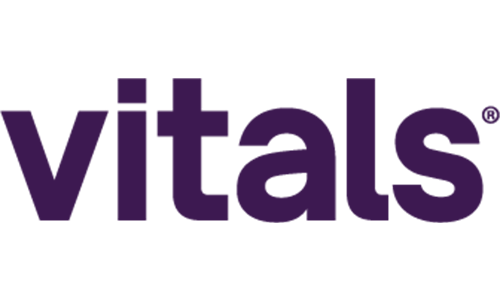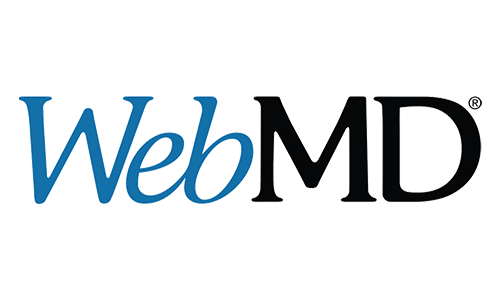10 Essential Elements of Medical Website Design
Are you a medical practice looking to create a website that’s both user-friendly and compliant with HIPAA regulations? Look no further! In this blog post, we’re sharing 10 essential elements for medical website design. With these tips in hand, you can ensure your website meets the needs of both your patients and your practice.
1. Implement a Modern Website Design
It’s essential to create and implement a modern website design for any medical website. A modern website design is essential for any medical website as it helps to create a professional, trustworthy look and feel. Additionally, modern website designs are optimized for speed, navigation, and user experience, as well as being mobile-friendly. Moreover, using a Content Management System (CMS) can help simplify website development and maintenance. With the right design elements in place, you’ll be able to create a welcoming and professional website that resonates with your target audience.
2. Choosing the Right Photos and Imagery
The right photos and imagery can provide patients with a more positive experience when visiting your website. Choosing the right photos and imagery will make your website look more professional and will help draw visitors in. When picking out photos, make sure they are high quality and relevant to your website. Select photos that will be easy to understand and will accurately represent your medical practice. Additionally, make sure you have the correct rights to use any images you choose, as you don’t want to get into any legal trouble.
3. Clear, Concise Medical Information
Once you have decided on the aesthetic of your website, it is essential that the medical information provided is clear and concise. This means ensuring all content is written in simple language, is easy to understand and is free from any extra jargon or technical terms. It is also important to adhere to web accessibility guidelines, so that you are providing medical information to as many people as possible. Additionally, providing clear contact information for potential patients and offering secure password-protected resources is necessary for establishing a trustworthy relationship with your patients.
4. A Secure Web Presence
When it comes to medical web design, security should be of utmost importance. Your website should be compliant with industry-standard security measures such as SSL encryption and HIPAA compliance. This will ensure that any patient data collected on your website is secure and that your website is trusted by users. Additionally, you should also have a privacy policy in place which clearly outlines how you use and store data collected on your site. By taking the necessary precautions, you can ensure that your website is a secure space for both you and your patients.
5. Utilize SEO Principles
When it comes to medical website design, leveraging search engine optimization (SEO) is essential. This practice helps medical websites rank higher in search engine results and reach a wider audience. To maximize SEO potential, it’s important to focus on several key elements, such as creating a structure that clearly leads visitors to where they want to go and using the right keywords throughout the website. Additionally, reducing the amount of distracting elements, ensuring the site speed is fast, and placing scripts outside of the HTML document can also help maximize SEO potential. When executed well, SEO for medical websites provides regular exposure to potential patients, helping them find the medical services they need.
6. Incorporate Analytics and Tracking
Once a modern design and secure web presence are established, it is important to track the performance of the website. Incorporating analytics and tracking into your medical website design is essential for understanding user interaction and engagement with the site. This helps to identify areas of improvement and make sure your website is achieving its goals. Analytics tracking can provide valuable insights about user behavior and preferences, allowing you to optimize for better results.
7. Ensure Mobile-Friendliness
Once you have chosen the modern website design for your medical practice, it is time to focus on mobile-friendliness. Mobile phones are much smaller than their desktop counterpoints. With less available real estate to convey your message, you must consider the user experience on mobile devices. Make sure your website is mobile responsive, meaning it can adjust to different screen sizes and resolutions automatically. This will ensure that all users have an enjoyable, user-friendly experience no matter what device they are using.
8. Make the Site User-Friendly
In addition to a modern design, you must also ensure that your website is easy to use and navigate. Your website should provide visitors with an intuitive user experience that requires minimal effort to find what they are looking for. This could include features such as drop-down menus, search bars, and clearly labeled sections. It is also important to make sure your website is organized in a way that makes sense and keeps visitors engaged.
9. Use the Right Call-to-Actions
Once you have identified your audience and their needs, it’s time to create effective call-to-actions (CTAs) that will engage them. CTAs are the buttons or links that visitors click to take the desired action. The text of your CTA should be clear and concise, explaining what action you want the user to take and why. You can also use visual cues such as color, size, and location to draw attention to them. Placing CTAs in prominent locations such as the header, footer, and sidebars will increase their visibility and effectiveness. Additionally, using strong action words like “Download” or “Subscribe” can help drive conversions.
10. Leverage Social Media
Social media can be a powerful tool for engaging with potential patients and helping to spread the word about your practice. Integrating your medical website into your social media marketing efforts can help you reach a much wider audience and build a strong reputation. When it comes to social media, the key is to focus on creating content that is educational, helpful and engaging. Share blog posts, videos, polls, and other content to draw people in, and make sure to provide links back to your website. Doing so can help you drive more website traffic and increase conversions.
If you also want to be a part of the modern healthcare industry and leverage the advantages the digital world offers, contact us. Our talented team can create fast-loading, secure websites to take your medical practice to the next level. Book your free strategy meeting today to learn more!















